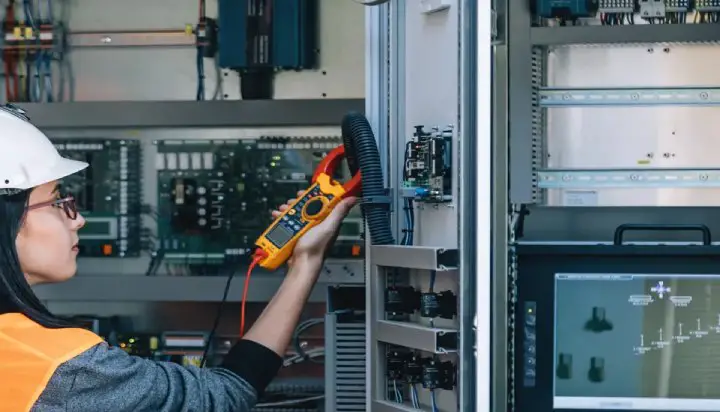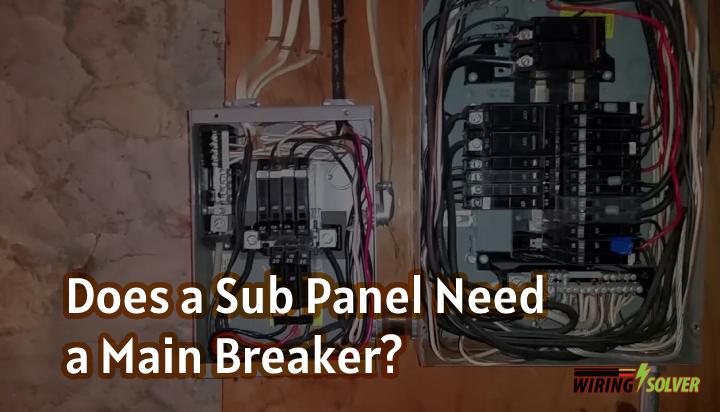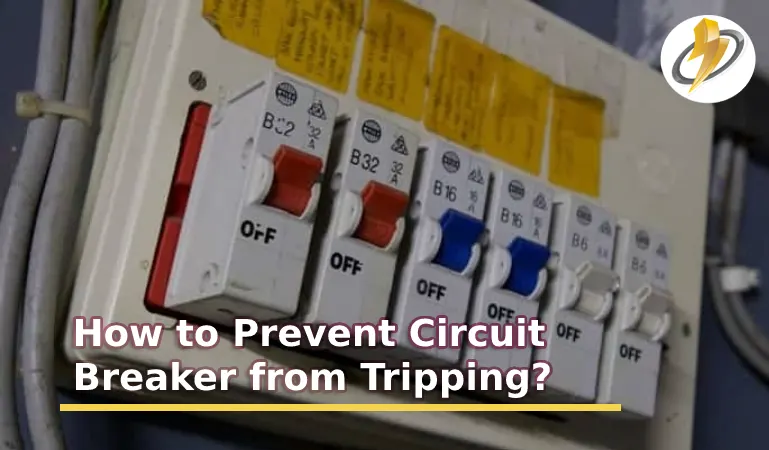The transfer switch and the generator interlock both handle the basic function of switching power from the grid to the generator. Even though the functionalities and uses are the same, there are several key differences.
A generator interlock is a connector device, whilst a transfer switch is, as the name suggests, a switch. An interlock allows you to safely back feed your panel and power the circuits in your house using your generator but a transfer switch helps you manage the electric load between two different power sources.
In this article, I will brief on transfer switch vs interlock in detail, their key differences as well as how each of these switches can affect your household circuit in various ways.
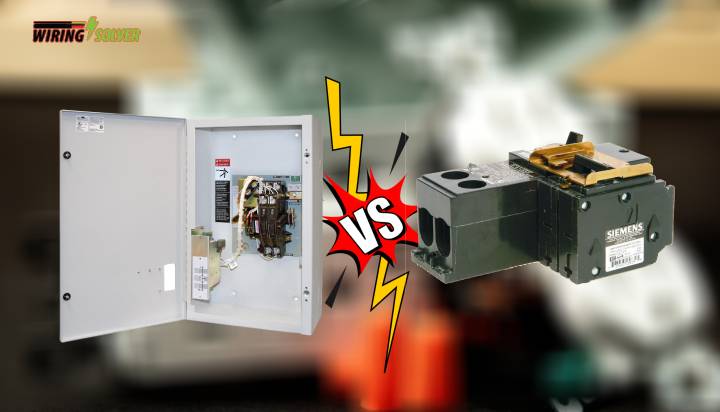
What Is a Transfer Switch?
A transfer switch is a type of electrical switch. It enables a load to be switched between two power sources. Some transfer switches are manual, meaning that an operator is required to initiate the switch. While others are automatic, triggering when a certain condition is met.
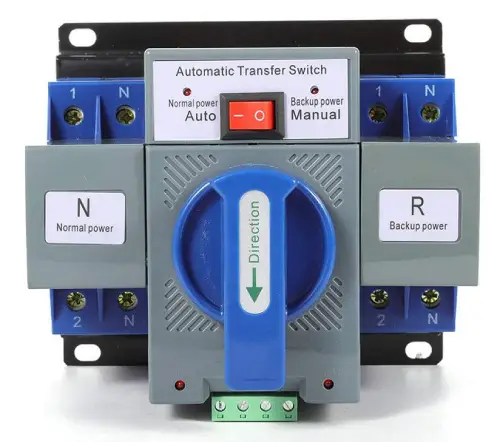
The transfer switch’s primary breaker changes the power source from utility power to a standby generator. The generator and utility power cannot be connected to the building at the same time.
The main breaker of a transfer switch is a device that switches electricity from one source to another. This prevents utility electricity from back-feeding into the generator and generator power from back-feeding into the utility lines.
An automatic transfer switch is one, which can monitor and comprehend when a power source has been shut down and another has been turned on. So it switches itself, without any intervention from the user. But a manual transfer switch requires the user to manually flip the switch to swap the power sources.
What Is a Generator Interlock Kit?
A generator interlock kit is a connection device that allows a portable generator to safely power a home during a power outage. As it costs less than an automatic or manual transfer switch, it is a cost-effective option for a lot of users on a tight budget.
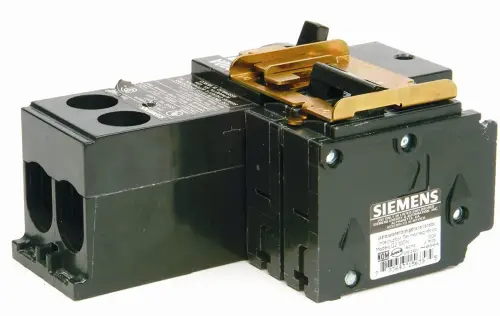
A generator interlock kit has to be put on your main electrical panel. A transfer switch has to be placed in the form of a breaker. But an interlock kit is simply mounted on your existing panel.
The generator interlock kit acts as a manual transfer switch. It prevents both the main power supply and the generator supply from being turned on simultaneously, as both of these systems are separated by the interlock kit.
Differences Between a Transfer Switch and a Generator Interlock
There are several key distinctions between an automatic transfer switch and the generator interlock kit. The key comparisons between generator interlock VS transfer switch are shown below.
Transfer Switch VS Interlock Chart
| Differences | Transfer Switch | Generator Interlock |
| Mode of Operation | Automatic and manual | Manual |
| Cost | Costlier | Cheaper |
| Operational Requirement | Does not require to be operated by the user. | Has to be manually operated by the user. |
| Circuit Support | It can only feed a few circuits. | They can support as many circuits as necessary. |
| Difficulty of Use | Easier to operate. | Comparatively harder. |
| Flexibility of Use | Users may choose individual circuits to power. | The user does not have that kind of flexibility. |
| Installation Permanency | Can be removed if felt the need to. | Permanent in some cases. |
| Safety | Comparatively less safe than generator interlocks. | Safer than transfer switches. |
These are some of the key differences between a transfer switch and a generator interlock.
How Does a Transfer Switch or a Generator Interlock Kit Affect the User and the Circuitry?
Yes, your chosen mechanism will affect how your circuit functions and what it will lack. Let’s take a look below for a detailed explanation.
Mode of Operation:
A transfer switch is automatic, meaning that it can automatically sense when power is down in the main supply line and switch to the backup generator on its own.
But, a generator interlock kit on the other hand has to be operated manually. If your power is down, you have to go to your panel to switch the power yourself.
Cost:
As a transfer switch provides a much broader set of functions, it is only natural for it to cost more. On the other hand, a generator interlock costs comparatively lesser at the cost of added features of automation.
A transfer switch costs around $500 up to $1500, including the installation fee for the electrician. But, on the other hand, generator interlock kits can cost around only $50. But the installation fee can be around $300 to $800 based on your requirements.
Operation Requirement:
As a transfer switch is automatic, it does not require the user to be present at all times. It can switch the power between the main supply line and the generator based on the optimal setting.
Therefore, you can go on a trip if you want, without any worries. However, the generator interlock requires the user to be present to switch power.
Circuit Support:
A transfer switch has a limit on how many individual circuits it can serve. Thus requiring you to use multiple switches if you have a lot of individual circuits.
But a generator interlock switch is only limited by the capacity of your generator. It can serve as many circuits and as many loads, as your generator can provide power to. Thus giving it an upper hand in handling excess circuitry.
Difficulty of Use:
The transfer switch is easier to use due to its user-friendly interface. It can easily switch power with the flick of a single switch.
But the procedure is much more rigid for an interlock kit. You have to manually power off all of the breakers, switch the mechanical interlock down, and then turn on all of the breakers once again. This is a pretty tedious mechanism.
Flexibility of Use:
A transfer switch provides the user to choose individual circuits to power as he wishes. But a generator interlock does not provide the user with such a facility or function.
Installation Permanency:
Installation of a transfer switch can be undone if the homeowner feels the need. But a generator interlock kit is often permanent and cannot be undone.
Safety:
Transfer switches tend to be less safe than a generator interlock. As they have a few internal circuitry that may malfunction in some rare cases. But since a generator interlock is manually operated, it can’t operate unintentionally.
These are some of the key factors that a user has to keep in mind before opting for either of these two mechanisms.
Summary
In this article, I have briefed on transfer switch vs interlock in detail. I have also brought up how each of those can affect the user and the circuitry.
This article also showcases both the advantages and disadvantages of each mechanism. You must choose which to use according to the features and flexibility you require as well as keeping the cost in mind.

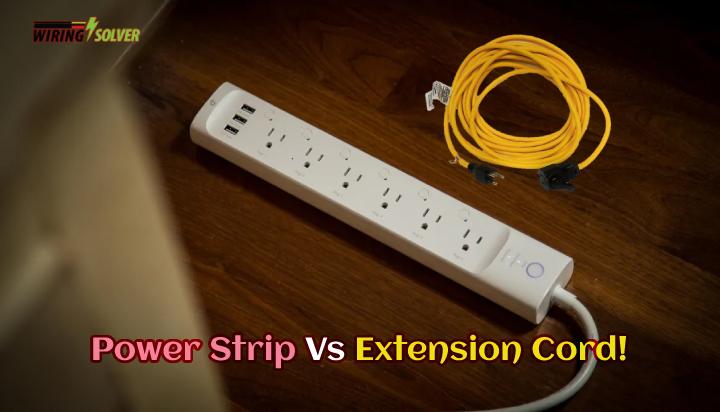
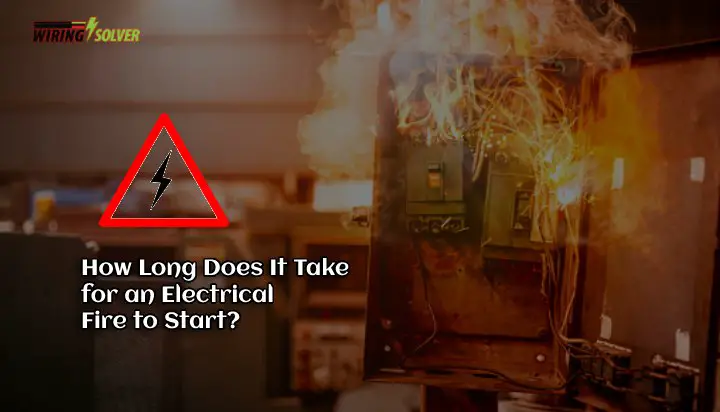
![Outlet Stopped Working Breaker Not Tripped! [Ssolved]](https://wiringsolver.com/wp-content/uploads/2022/04/Outlet-Stopped-Working-Breaker-Not-Tripped.jpeg)
